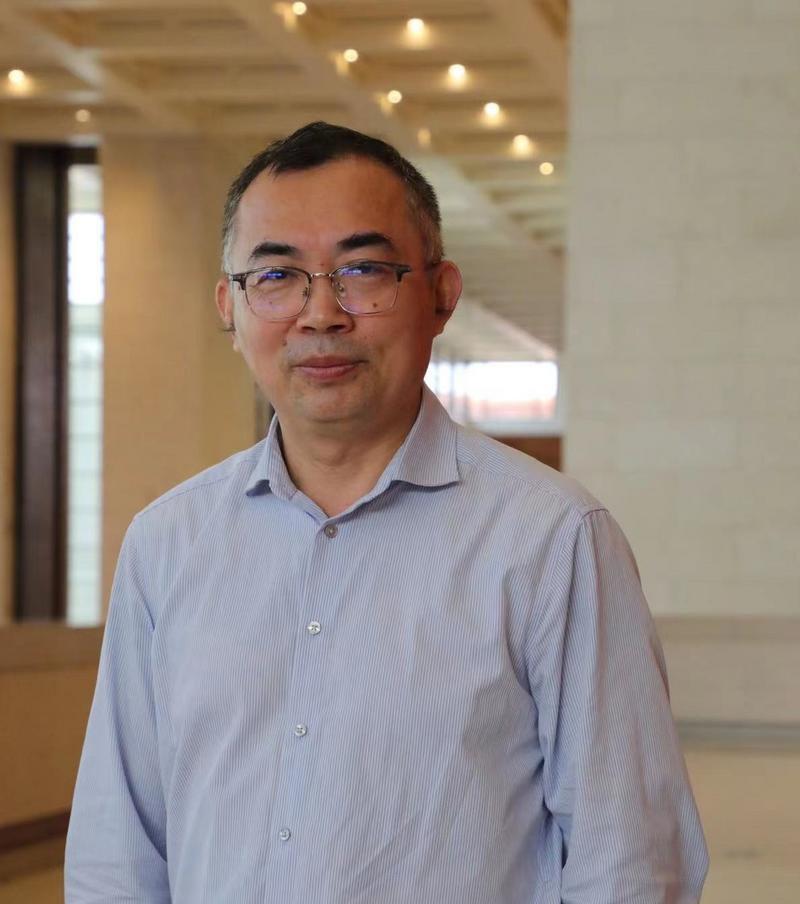Aos olhos dos investigadores posteriores, Zhao Mengfu foi um calígrafo prolífico e de longa duração no final da Dinastia da Canção e no início da Dinastia Yuan. Diferentes períodos tiveram diferentes objectos de aprendizagem e ideias criativas.
Zhu Wanzhang, um pesquisador do Museu Nacional da China, acredita que o significado desta obra de caligrafia de Um Eulogium on a Humble Cell e a sua posição na história da arte de Zhao são extraordinários.
Zhu Wanzhang salientou que Zhao Mengfu tinha integrado as suas próprias ideias no volume baseado nos seus predecessores, mas que ainda era muito limitado. "Mais tarde, na sua prática dos antigos, ele aprendeu com muitas escolas diferentes, e gradualmente formou o seu próprio estilo, para que pudesse sair da sombra dos antigos e tornar-se um grande homem de uma geração". #artandcultura


In the eyes of later researchers, Zhao Mengfu was a prolific and long-lived calligrapher in the late Song Dynasty and early Yuan Dynasty. Different periods had different learning objects and creative ideas.
Zhu Wanzhang, a researcher at the National Museum of China, believes that the significance of this calligraphy work of An Eulogium on a Humble Cell and its position in Zhao's art history are extraordinary.
Zhu Wanzhang pointed out that Zhao Mengfu had integrated his own ideas into the volume based on his predecessors, but it was still very limited. "Later, in his practice of the ancients, he learned from many different schools, and gradually formed his own style, so that he could get out of the shadow of the ancients and become a great man of a generation." #artandculture
在后世研究者看来,赵孟頫是宋末元初一位多产、长寿的书法家,不同的时期有着不同的师承对象和创作理念。
中国国家博物馆研究员朱万章认为,此卷《陋室铭》的意义及其在赵氏艺术史上的地位非同寻常。
朱万章指出,在《陋室铭》卷中,赵孟頫已在前人基础上融入己意,但仍非常有限,有些笔画、结体还显得有些稚嫩。“在后来对古人的临习中,他博采多家,兼收并蓄,才逐渐形成自己的风格,从而走出古人的阴影,成为一代大家。”









